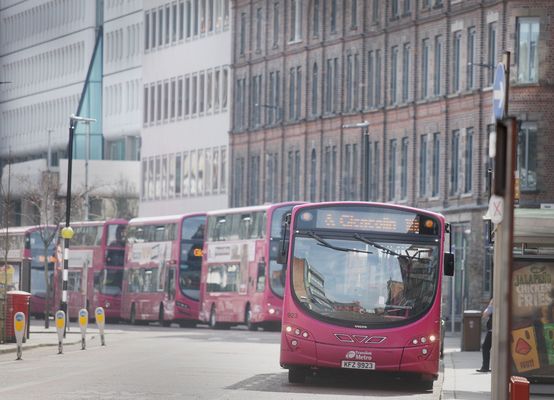A REVIEW of suicide statistics undertaken by the Northern Ireland Statistics and Research Agency (NISRA) has found that suicides have gone down from the year 2015, putting the North behind Scotland in terms of the rate of suicides.
The figures also show that the Belfast area contained the highest suicide rate in the North, and economically deprived areas where almost twice as likely to experience suicides as better off areas.
Working with Coroner Joe McCrisken, NISRA ordered a review into the statistics due to a perceived decline in suicide rates, but this was coupled with an increase in reported drug deaths.
A new working model was established to determine whether or not drug deaths could be ruled as suicides.
Changes in the way in which suspected suicides are recorded now include whether any intent was involved, which has changed the standard of proof – the level of evidence needed by coroners to conclude whether a death was caused by suicide. The standard of proof for a verdict of suicide was changed from the criminal standard of “beyond all reasonable doubt” to the civil standard of “on the balance of probabilities”.
This has resulted in a drop in the number of recorded suicides in the North, with many being recorded as accidental deaths. Coroner Joe McCrisken examined 467 cases and determined that 84% of these were moved into the accidental death category. This has brought the overall suicide figure for the North down, so that it now sits behind Scotland, but ahead of England and Wales and the Republic of Ireland. Scotland has a registered rate of 15 per cent per 100,000, the North has 13.3 per cent and England and Wales have 10 per cent. The Republic of Ireland records its statistics differently, but its reports are below the figure reported in the North.
The Belfast area, covered by Belfast Trust, still reports the highest rate in the North, with a rate of 18.8 per cent per 100,000 and the suicide rate in the most deprived areas of the North have a rate which is near double least deprived areas. The most deprived areas constitute a rate of 19.7 per cent per 100,000 and the least have a rate of 10.8 per cent.
Speaking on the findings, Professor Siobhan O’Neill, Northern Ireland’s Mental Health Champion and Professor of Mental Health Sciences at Ulster University said: “The review of Northern Ireland’s suicide statistics today shows that the rates of suicide in NI from 2015 to 2020 are lower than the rates that were published previously. The review involved a closer examination of deaths which led to some deaths being removed from the suicide category and placed in an accidental death category.
"The accurate figures tell us that NI does not have the highest rates of suicide in the UK.
"I am very conscious that these suicide stories refer to real people and real lives. The toll of suffering that they represent is huge. It is unacceptable and we must do all we can to prevent every single death.
"For many of those who hear about this review, it will be a painful reminder about a loved one’s death and they may wonder what this means about the cause of death.
"The review is about numbers in a data file, it does not change the cause of death on a death certificate because that cause of death will explain what led to the person’s death.”







